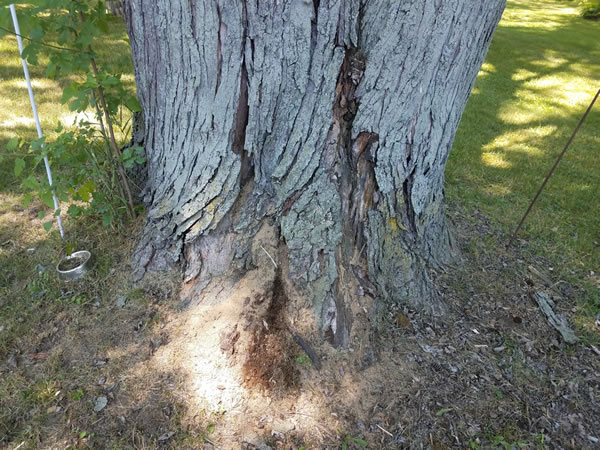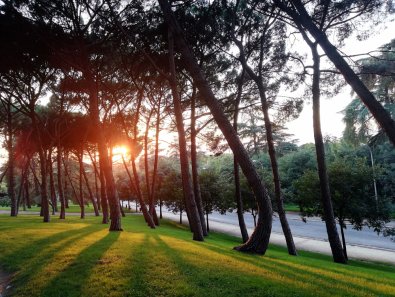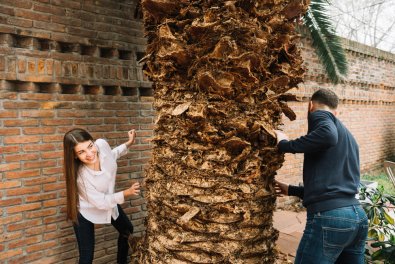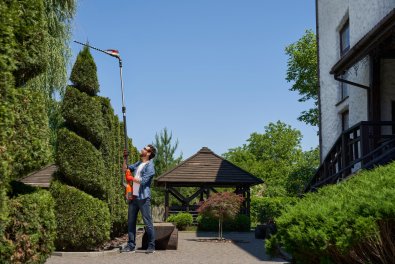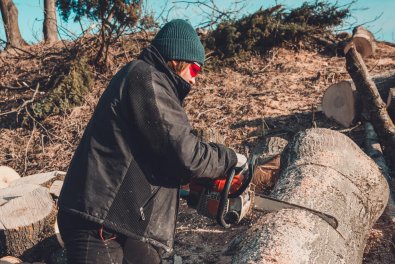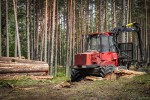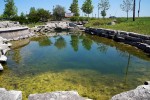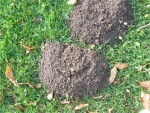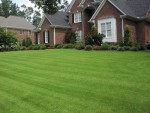Why Does a Tree Lose It's Bark?
Bark falling off trees can be a concerning sight for any homeowner or nature enthusiast. Healthy bark plays a crucial role in protecting trees, regulating temperature, and facilitating the transport of nutrients and water. When bark peels away, it’s a good idea to consult a trusted tree care company. At the Sesmas Tree Service, we leverage extensive knowledge and expertise to ensure your trees are healthy and durable. Here are the three most common causes of bark falling off trees to help you understand when and how to act to maintain healthy trees.
The Tree Has Hypoxylon Canker
Hypoxylon canker is a fungal disease affecting various hardwood tree species, including oaks, maples, and hickories. This disease can cause extensive damage to the bark, leading to deterioration and tree removal.
Fungi from the Hypoxylon genus primarily causes Hypoxylon canker. These fungi invade the inner layers of the tree’s bark and wood, forming cankers. Cankers are dark, sunken areas on the bark, which can eventually cause it to fall prematurely.
Solution
If you suspect your tree has a Hypoxylon canker, it’s crucial to act swiftly. Contact certified arborists for an accurate diagnosis and treatment. Pruning and removing affected branches may help contain the disease’s spread. Proper care, including watering and fertilization by a professional tree service, can also enhance the tree’s natural defenses against this pathogen.
Your Tree Is Shedding Old Tissues Off
Sometimes, bark falling off trees can be a natural part of growth and development. As they grow, trees continually renew their bark, and older bark must shed to make way for the new. Trees are equipped with a unique ability to renew themselves. As they grow, the older layers of bark can become less flexible and protective. To accommodate the expanding girth of the tree and maintain a healthy outer layer, the old bark sloughs off naturally.
Solution
If your tree’s bark is shedding in a controlled manner, there’s no cause for concern. This natural process is part of the tree’s life cycle. However, you can help by scheduling routine inspections with a trusted tree care company, ensuring proper watering, mulching, and pruning to support your tree’s health and vitality.
Environmental Factors
Environmental stressors can also lead to bark falling off trees. Extreme weather, mechanical damage, or other external factors can weaken the bark’s integrity and cause it to peel away. During extreme temperature fluctuations, such as freeze-thaw cycles and drought stress, bark cracks easily and falls off. In addition, mechanical damage from lawnmowers, vehicles, or construction activities can cause tree bark to fall off.
Solution
Preventing bark damage from environmental factors requires proactive measures. Protect your trees from mechanical damage by creating barriers and avoiding activities that could harm them. Maintain proper watering practices to prevent drought stress. For temperature-related issues, consider using mulch to insulate the tree’s base. In cases of severe bark damage, consult a certified tree service expert for rehabilitation and tree protection advice.
Understanding the causes of bark falling off trees is crucial for maintaining healthy trees in your landscape. Whether it’s because of Hypoxylon canker, natural shedding, or environmental factors, prompt action and proper care can help your trees recover and thrive. Contact us at the Sesmas Tree Service and schedule an appointment with our arborists to access quality services, including tree removal.


